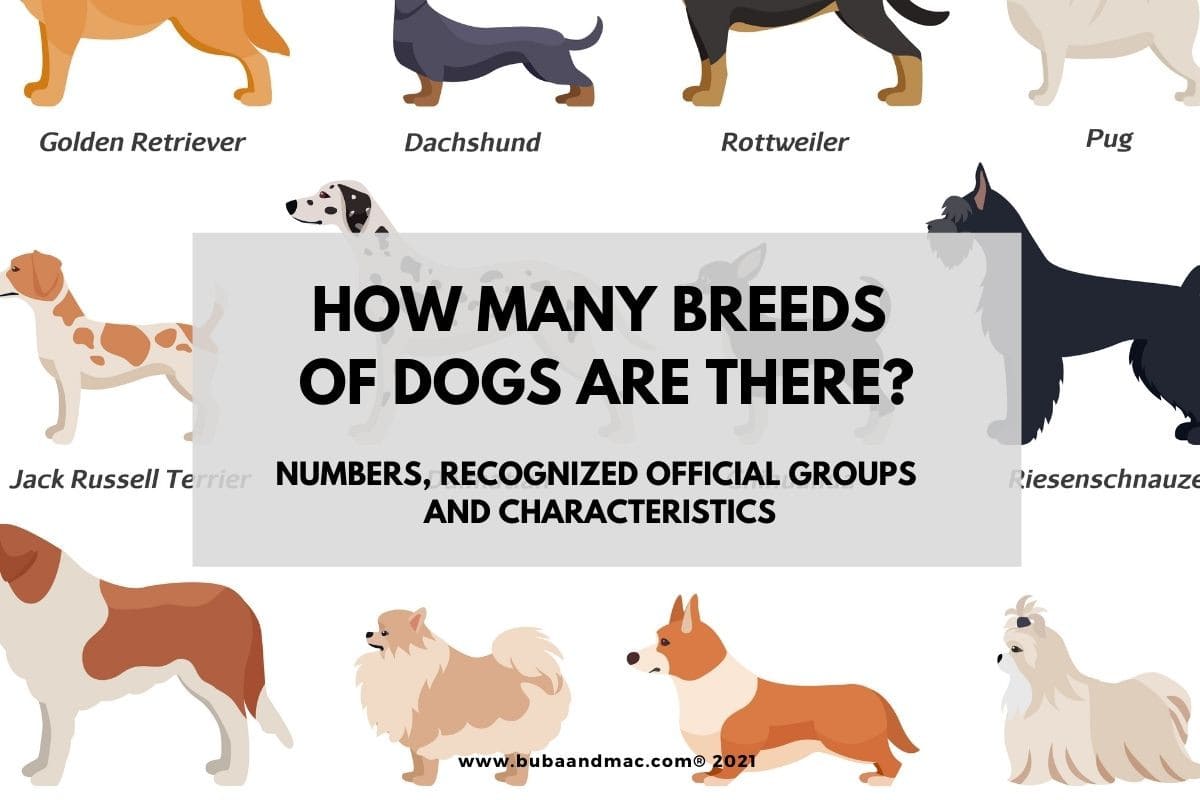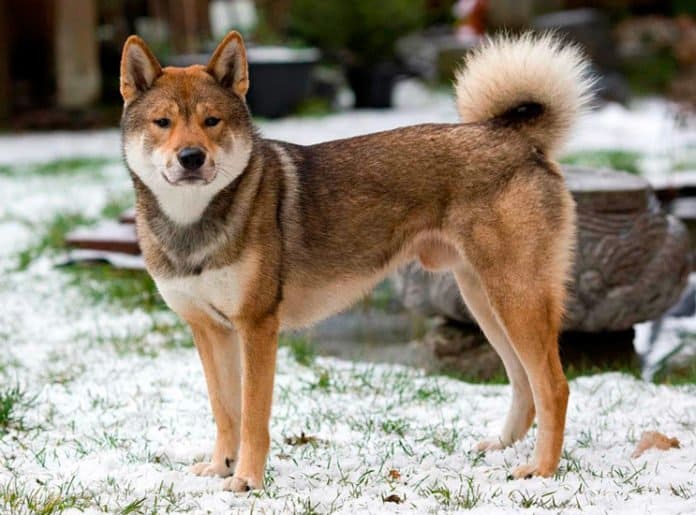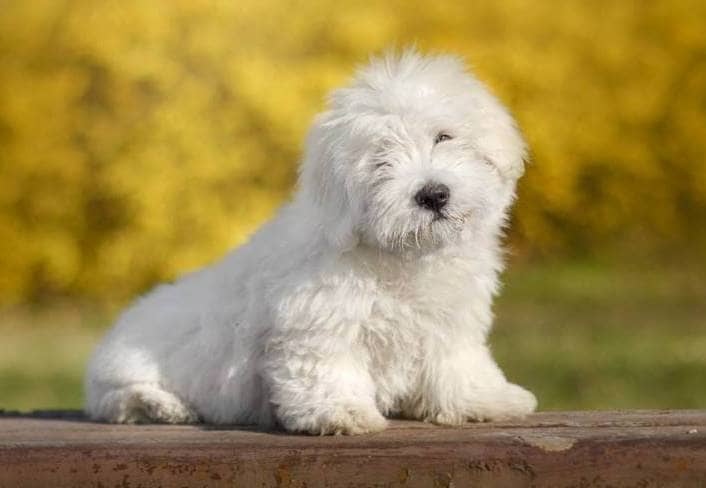
How many breeds of dogs are there? Numbers, recognized official groups and characteristic
Men started domesticating the Canis Lupus Familiaris about 12 thousand years ago and since then dog breeds have evolved and multiplicated: the best specimens have gradually been selected by esthetic characteristics or particular behavior to define the current known breeds.
For a dog to be considered a ‘pure breed’ he/she most have pedigree, meaning, a document that demonstrates the data and genealogy that goes back to their maternal and paternal great-great grandparents.
From the miniature Chihuahua up to the Caucasian Shepherd Dog, today there are about 400 recognized breeds by the FCI (International Dog Federation) that in 1987 created an official list of breeds according to the origin, similarity, morphology and uses of the dog (velocity, guard and protection, self-defense, etc.) and that includes 80 member countries including Italy, represented by the ENCI (National Organism of Italian Dog Lovers).
The FCI classification includes 10 groups of dog breeds:
• GROUP 1: Sheepdogs and cattle dogs previously used to care for herds and grazing herds;
• GROUP 2: Pinscher and Schnauzer-Molossoid and Swiss and Cattle defense dogs and in general of great size;

Rottweiler, Molossoid from the German town called Rottweil
• GROUP 3: Terriers, some selected to hunt in the burrow, other for fights and combats, others as companions called “toy” due to their little size;
• GROUP 4: Dachshund dogs of a particular height:
• GROUP 5: Spitz and primitive type dogs, group that includes Nordic sled dogs and hunting dogs very resistant to strong endeavors, dogs with a similar morphology of Asian or Nord European origin (named Spitz) and other ‘primitive’ dogs similar to the first men-domesticated specimens;

The Asian Spitz Shikoku, a Japanese wolfdog, bred to hunt wild pigs.
• GROUP 6: Hounds and blood scent hounds, endowed with a great physical resistance and an extraordinary nose scent. The hound dogs are so-called sniffer dogs because they are able to identify blood traces of the wounded prey;
• GROUP 7: Pointer dogs, called like this because they don’t chase the prey, they stop and point them to the hunter;
• GROUP 8: Retrievers, hunters and waterdogs. They all are dogs used initially for hunting, to find and retrieve the downed prey, even in the water or to find its shelter and make them escape to get closer to the hunter;
• GROUP 9: In its majority, small, docile and house-loving pets;

Coton de Tuléar, Royal Dog of Madagascar, a companion dog from Madagascar.
• GROUP 10: Greyhounds, incredibly fast: the Greyhound, English shorthair greyhound, reaches 72km / h.
Each breed belonging to different groups is distinguished by an identification number and a variety code.
We will have the opportunity to learn more about some of the main dog breeds, but whatever the dog breed, remember that your furry friend will not just be a simple pet, but he/she will be able to give you affection and love as one of the members of the family.
IMAGES FROM THE WEB
